Latest Posts

Modeling Thermal Fatigue in Nonlinear Materials
2 challenges when simulating fatigue in nonlinear materials: 1.) Correctly representing the material behavior and 2.) finding a fatigue model that captures the life-controlling mechanism.
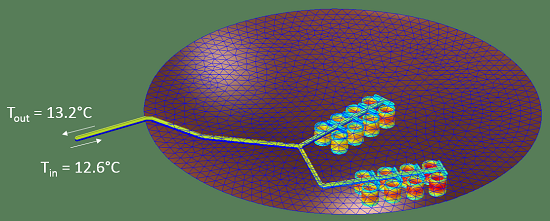
How to Integrate Functions Without Knowing the Limits of the Integral
Did you know that the COMSOL® software can solve integrals as well as partial differential equations? Learn how to integrate functions — even without knowing the limits of the integral.

The Strength of the Weak Form
Learn about the origins of the weak form equations, how to derive them from classic equations, how to express them in the COMSOL Multiphysics® syntax, and more >>

Shaping Crystals for Camouflage Surfaces
Researchers at the University of Michigan discovered a way to shape crystals with a photochemical reaction, enabling crystal structures to appear in various patterns and colors (like chameleons!)

Happy Birthday, Guglielmo Marconi
Guglielmo Marconi is best known for pioneering long-distance radio transmission and helping develop commercial radio. Learn about the life and work of the Nobel-Prize-winning electrical engineer.
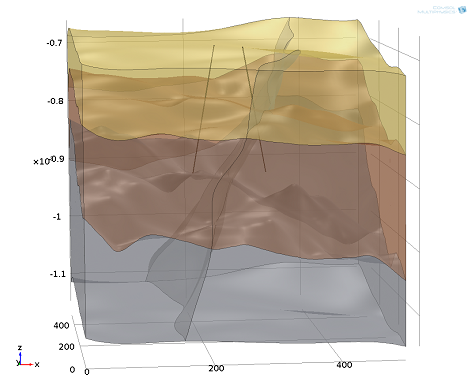
Coupling Heat Transfer with Subsurface Porous Media Flow
Part 2 of the Geothermal Energy series: We couple heat transport and subsurface flow processes to determine the thermal development of the subsurface due to geothermal heat production.
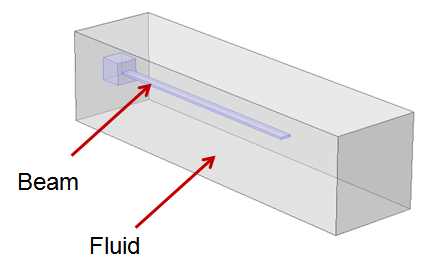
Natural Frequencies of Immersed Beams
A guest blogger from Veryst Engineering demonstrates the modeling of a cantilever beam immersed in a fluid to study its natural frequencies. Read it here >>
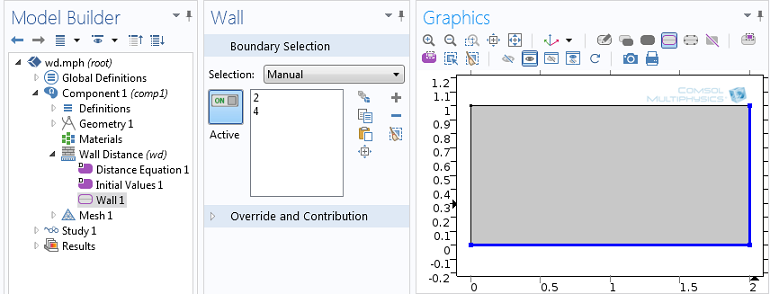
Tips for Using the Wall Distance Interface
The Wall Distance interface can be used to calculate the distance to the nearest wall or detect when a moving object will hit a wall. Learn how to implement this interface in CFD simulations.
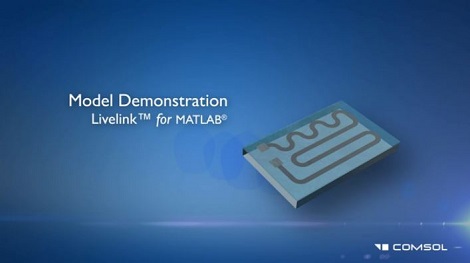
Using MATLAB® Functions in Your COMSOL Multiphysics® Models
Did you know that you can use MATLAB® functions in your COMSOL Multiphysics® models? Get a demonstration in a tutorial video (transcript included) here >>
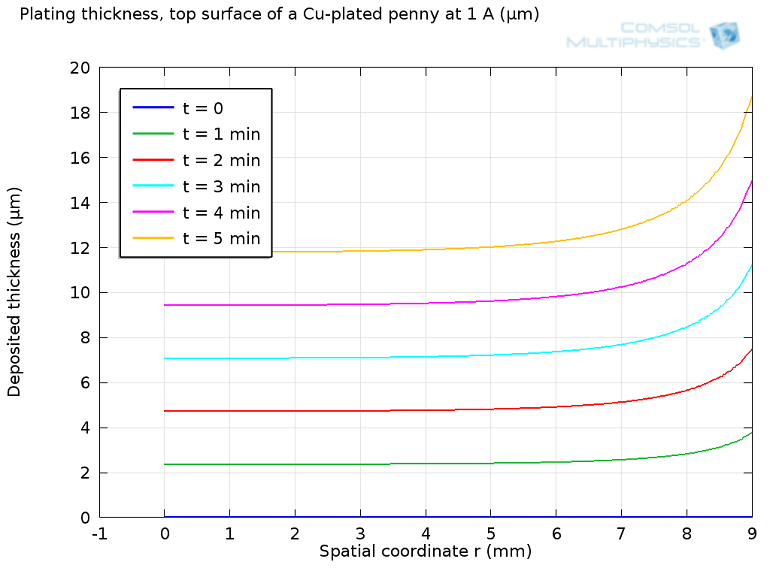
Electroplating: How the U.S. Mint Makes a Penny
Did you know that a penny actually doesn’t contain a lot of copper? Learn about how the U.S. Mint makes pennies through the process of electroplating, which can be studied with chemical modeling.
Geometric Kernels in COMSOL Multiphysics®
Do you know what a geometric kernel is? This software component is responsible for handling geometry in COMSOL Multiphysics®. Get a comprehensive background of what this means…

Where Can I Find COMSOL Multiphysics Tutorial Models?
There are 2 ways you can find COMSOL’s tutorial models: The online Application Gallery includes downloadable resources and the Application Library makes models available directly in the software.

What Kinds of FSI Problems Can COMSOL Multiphysics Solve?
We discuss the various techniques for modeling fluid–structure interaction (FSI) in the COMSOL® software, as well as highlight the add-on modules you need for these various types of analyses.

Building a Beowulf Cluster for Faster Multiphysics Simulations
In 1994, NASA researchers built a small cluster of normal workstations. They called this parallel workstation Beowulf. Today, “Beowulf cluster” describes clusters built from normal workstations.
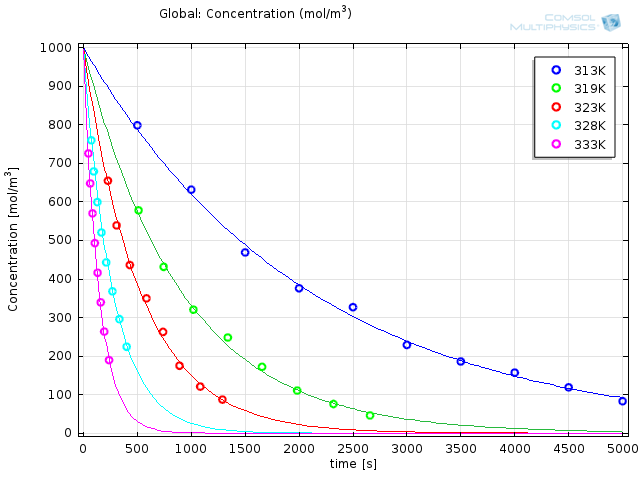
Chemical Parameter Estimation Using COMSOL Multiphysics
In this installment of our blog series on chemical kinetics, we discuss how to estimate the chemical parameters of your model in COMSOL Multiphysics®.

Modeling the Hydrostatic Pressure of a Fluid in a Deformable Container
Picture a water balloon being compressed at the center. As you squeeze the balloon, the locations of the highest point and depth of fluid change, altering the hydrostatic pressure distribution.
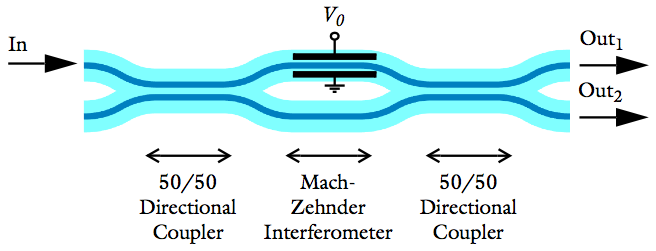
Optimizing Mach-Zehnder Modulator Designs with COMSOL Software
3 design requirements for a Mach–Zehnder modulator: It must produce low loss, give a 50/50 split of power through the 2 output arms, and be used as a spatial switch. See how simulation can help.

Characterizing the Flow and Choosing the Right Interface
No matter the focus of your modeling project, you have probably had to consider fluid flow at some point. Here, we discuss how to characterize the flow and choose the correct CFD interface.

Computing Stiffness of Linear Elastic Structures: Part 2
Learn how to compute the stiffness of linear elastic structures in 2D and 3D with COMSOL Multiphysics® by implementing the Poisson effect. Part 2 of a 2-part series on computing stiffnesses.
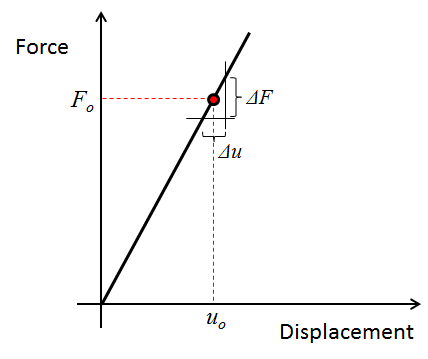
Computing Stiffness of Linear Elastic Structures: Part 1
Learn how to compute the stiffness of linear elastic structures in 1D and 2D by implementing the Timoshenko beam theory in COMSOL Multiphysics®. Part 1 of a 2-part series on computing stiffness.
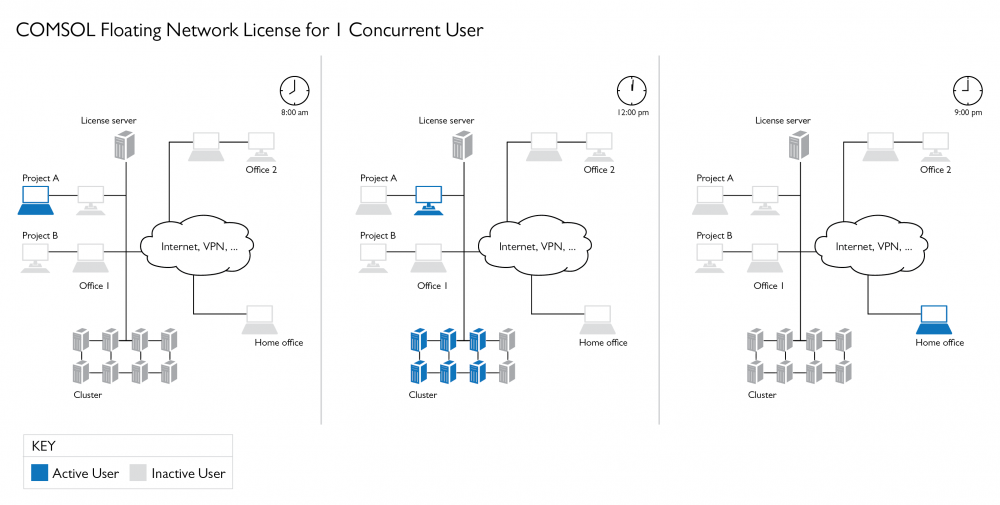
How Do I Get the Most out of My Floating Network License (FNL)?
What’s the different between a COMSOL CPU-Locked Single User (CPU) and Floating Network License (FNL)? We discuss these differences and go over how to get the most out of your FNL.
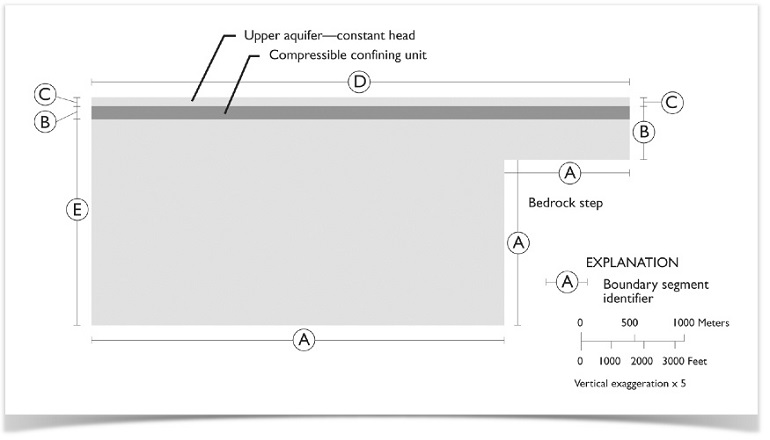
Exploring Below the Surface with a Poroelastic Analysis
How did the Leaning Tower of Pisa get its “lean”? We discuss poromechanics in building mechanics and how to run a Biot poroelasticity analysis for such problems.
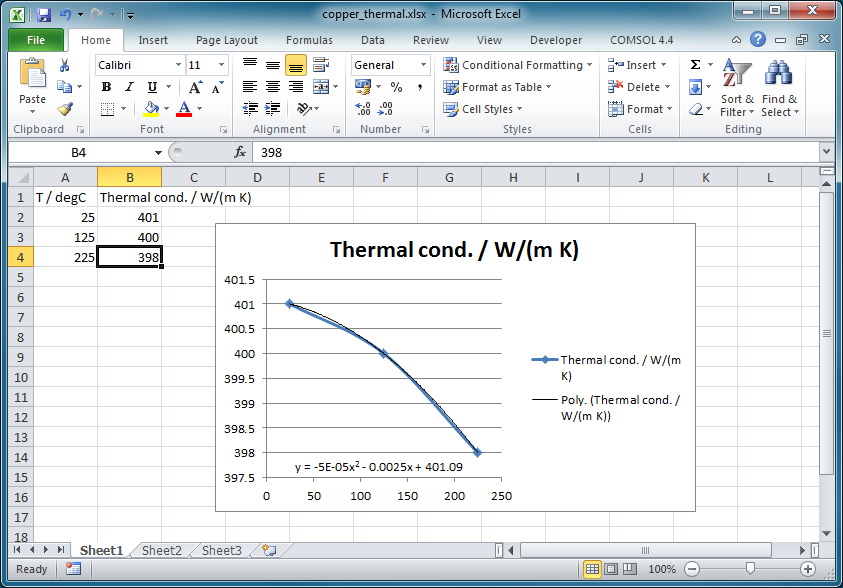
How to Create a Material Database from Spreadsheet Data
Did you know that you can use spreadsheet data to create a material database for use in your COMSOL Multiphysics® simulations? Learn how here >>
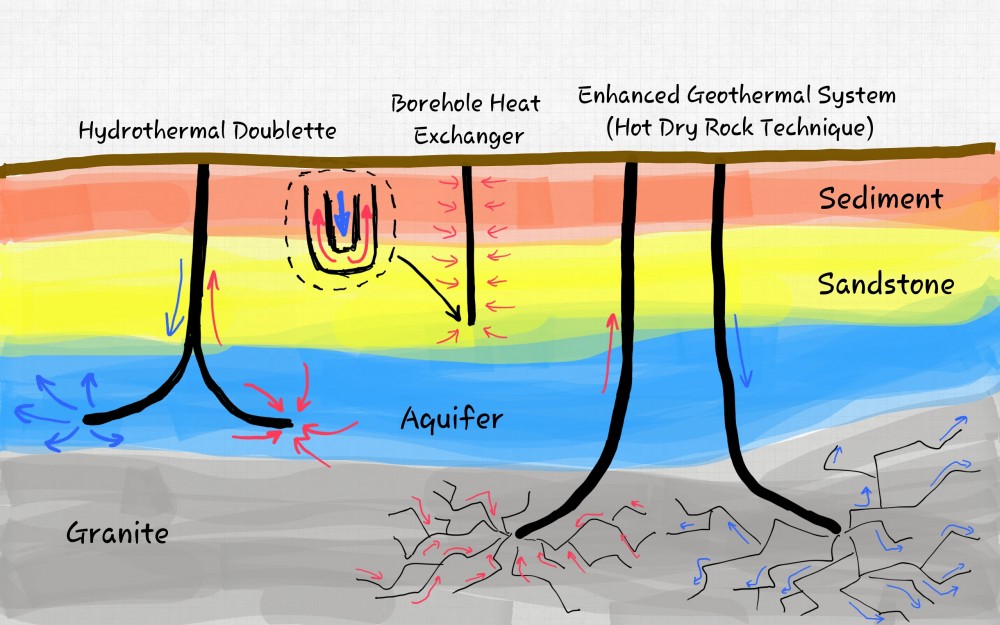
Modeling Geothermal Processes with COMSOL Software
Read Part 1 of our Geothermal Energy blog series here. You’ll get an introduction to the concept of modeling geothermal processes and the many physical phenomena involved.
